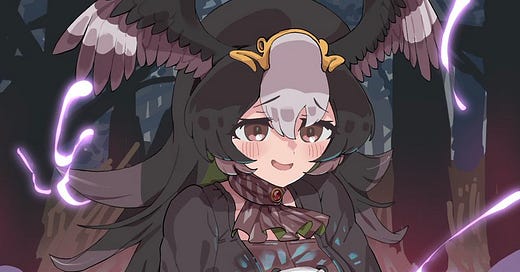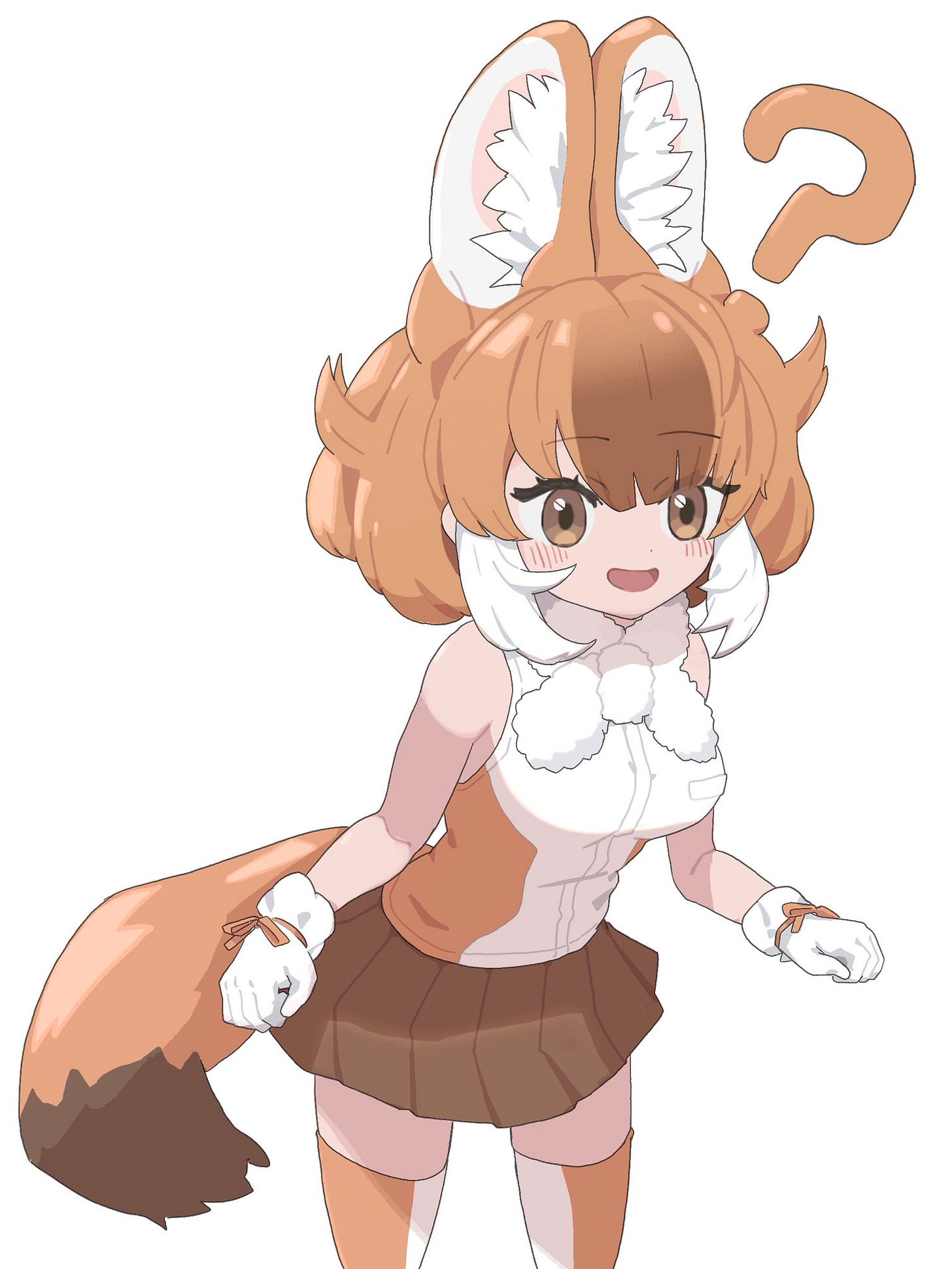Two Shadows
Good morning. I am Kunikuni, and on December 3 I published a new color illustration.
In this illustration, I drew the shadows well. I was able to create more depth than usual. I think I have learned one of the tricks of shadows.
Looking Back
I look back at the review notes I keep for each illustration. Again, I talk about shadows. I will cover two experimental illustrations. I'm talking about a different way of drawing the shadow layer.
These are two illustrations that explore how to draw shadows. One more layer of shadow is used than usual. Large shadow is drawn across the silhouette of the figure. This makes it easier to convey a sense of the front and back of the posture. Normally, I do not do this and only draw small shadows such as the creases in the clothing that fit within the silhouette.
They have the hatena mark growing out of their heads in that color. I think this was an expression I saw in an anime or something more than 10 years ago. It's cute and I like it.
These two illustrations were drawn at the same time using the Page function. For an illustration of this size, it is easier to stretch the canvas and proceed side by side. It's also a good way to compare them. However, using the page function is foolproof because I can never draw on an area that is not displayed. I'm confident that if I'm drawing two pictures side by side, I'll definitely get the layers wrong.
This was an illustration in which the artist changed the drawing style on a trial basis. The style of the illustration is different from the usual one.
At that time, as an experiment, I drew shadows by dividing them into two categories. I used the criteria of large shadows and small shadows. By deciding on this division, I set an upper limit to the number of shadows. This is a technique to manage the shadows and ensure that they are easily conveyed as illustrations.
This is the shadow management that I finally developed. But this was the "one shadow, two shadows (一影二影)" method that is often referred to for illustrations. I have recently heard about this "one shadow, two shadows" and recognized it for the first time. It was an eye-opening experience.
In this week's new illustration we have progressed from this note experiment. In the past, shadows were classified into two categories based on their size. Now I have one shadow over the silhouette of a person, and a second shadow over the sculpture of a small part. I can see the shadows in this week's illustration in fine detail. Isn’t it?
KuniKuni






